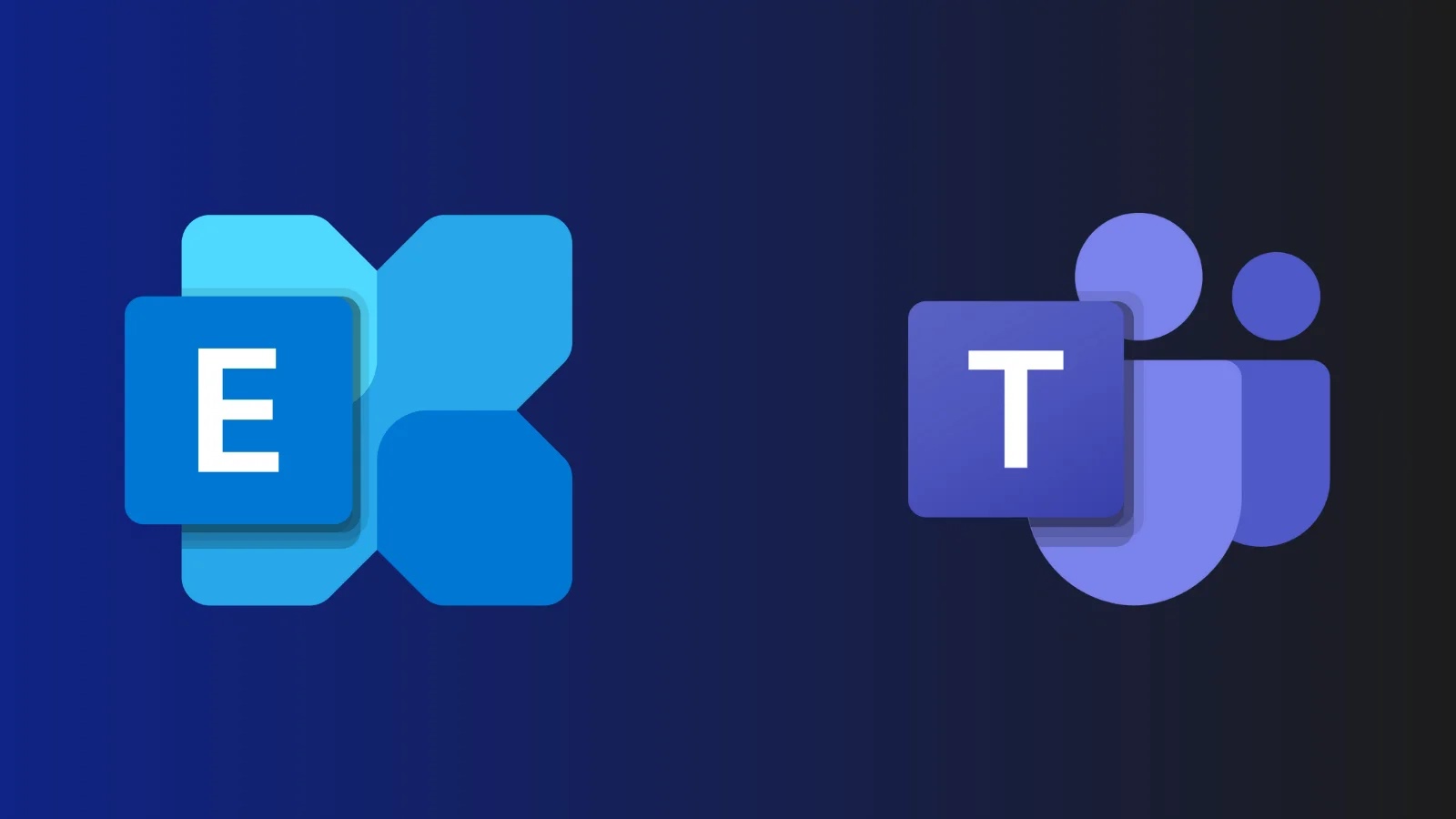
Microsoft to Launch New Secure Default Settings for Exchange and Teams APIs
Microsoft Fortifies Exchange and Teams: A New Era of Secure by Default API Access
In a significant move to bolster tenant security, Microsoft is rolling out updated security policies that mandate administrator consent for new third-party applications seeking access to sensitive Exchange and Teams content. This “Secure by Default” initiative, impacting Microsoft 365 environments, is a crucial step towards giving IT administrators unparalleled control over their organizational data access. These changes, slated for deployment between late October and late November 2025, represent a proactive approach to mitigating potential risks associated with unauthorized application access to critical enterprise communication and collaboration platforms.
Understanding the “Secure by Default” Paradigm Shift
The core of Microsoft’s new policy revolves around a fundamental shift in how third-party applications gain access to data within Exchange and Teams. Historically, certain application permissions might have been granted more permissively, potentially creating avenues for data exfiltration or unauthorized manipulation if an application were compromised. With the upcoming changes, Microsoft is prioritizing a “least privilege” model by default. This means any new third-party application attempting to integrate with Exchange or Teams APIs will now explicitly require an administrator’s blessing before it can access any data.
This enhanced control is particularly vital in today’s increasingly complex threat landscape, where sophisticated phishing attacks and supply chain vulnerabilities can compromise even trusted applications. By requiring explicit administrator consent, organizations can ensure that every application interaction is scrutinized, aligning with best practices for data governance and cloud security.
Key Implications for Administrators and Developers
For IT Administrators:
- Increased Visibility and Control: Administrators will gain a more granular overview of which applications are requesting access to their Exchange and Teams data, enabling informed decision-making.
- Reduced Attack Surface: By default, unapproved applications will be blocked from accessing sensitive information, significantly narrowing the potential attack surface.
- Streamlined Compliance: The enhanced control aids in meeting various regulatory compliance requirements by offering a clear audit trail of application permissions.
For Third-Party Application Developers:
- Proactive Communication: Developers of applications integrating with Exchange and Teams APIs must be prepared to transparently communicate their permission requirements to tenant administrators well in advance of deployment.
- Adherence to Best Practices: This change strongly encourages developers to adopt robust security practices within their own applications, as their security posture will now be a direct consideration for tenant administrators.
- Impact on Existing Applications: While the primary focus is on new applications, developers should review their current permission requests to ensure they align with the upcoming “Secure by Default” principles and are justifiable for administrator approval.
The Importance of API Security in Microsoft 365
APIs (Application Programming Interfaces) are the backbone of modern cloud services, enabling seamless integration and functionality across various platforms. In the context of Microsoft 365 security, APIs facilitate interactions between applications and services like Exchange (for emails and calendars) and Teams (for chat, meetings, and collaboration). While essential for productivity, poorly secured or overly permissive APIs can become significant security vulnerabilities. This new policy directly addresses these concerns by placing a stronger emphasis on API security from the ground up.
This initiative helps safeguard against potential threats such as compromised application credentials leading to unauthorized data access, or malicious applications being deployed within a tenant without proper oversight. While not directly tied to a specific CVE, this broader policy implementation aims to prevent classes of vulnerabilities that could leverage excessive API permissions, similar in principle to how restricting network access can prevent exploitation of network service vulnerabilities like those sometimes associated with protocols (though no specific CVE is applicable here).
Remediation Actions: Preparing for the Secure by Default Rollout
IT professionals and security teams should take the following proactive steps to prepare for Microsoft’s “Secure by Default” changes:
- Audit Existing Third-Party Applications: Conduct a comprehensive review of all third-party applications currently integrated with Exchange and Teams. Understand their permissions and justify their necessity.
- Establish an Application Vetting Process: Develop a rigorous internal process for evaluating and approving new third-party applications. This should include security assessments and due diligence.
- Educate Stakeholders: Inform departmental heads and end-users about the upcoming changes and the importance of secure application usage.
- Monitor Microsoft Communications: Stay updated with official Microsoft announcements regarding the precise rollout schedule and any further guidance.
- Leverage Microsoft 365 Security Tools: Utilize built-in security features in Microsoft 365, such as app governance and Conditional Access policies, to further control and monitor application access.
The Path Forward: Enhanced Security and Control
Microsoft’s decision to implement “Secure by Default” settings for Exchange and Teams APIs marks a significant positive stride in enterprise cybersecurity. By empowering administrators with greater control over third-party application access, organizations can significantly strengthen their defense posture against an evolving landscape of cyber threats. This move reinforces the principle that security should be baked in, not bolted on, fostering a more resilient and secure digital environment for all Microsoft 365 users.





